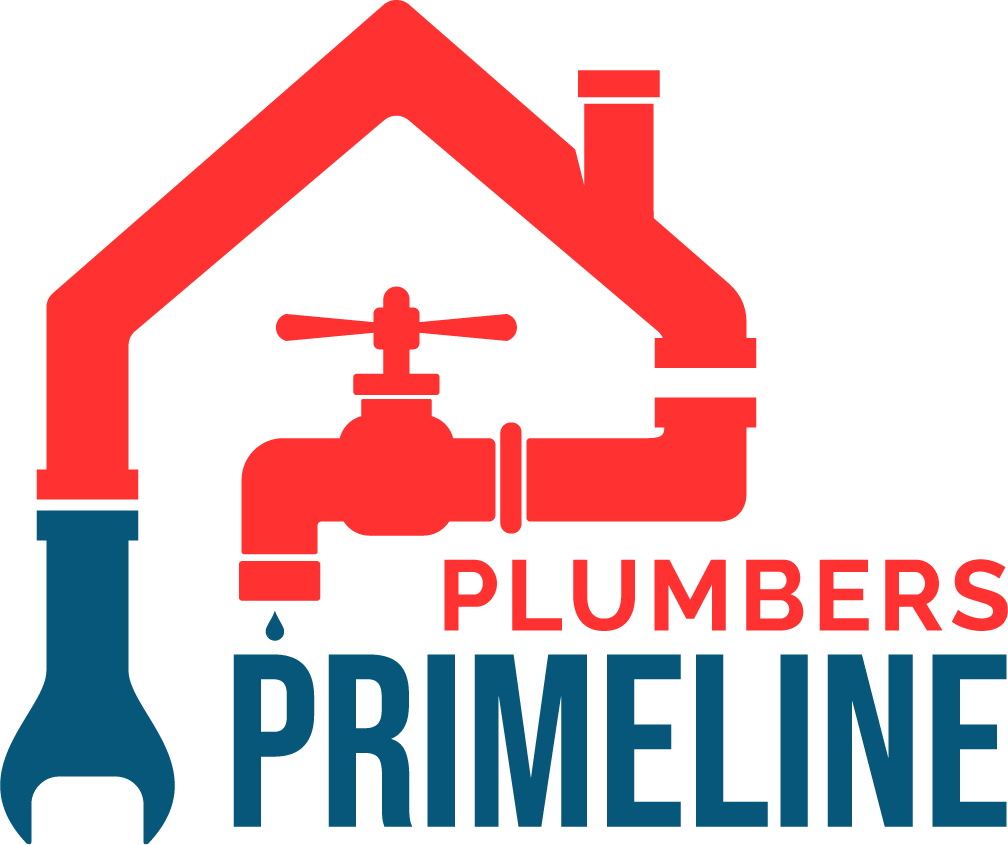A clogged shower drain can disrupt your daily routine and lead to costly plumbing repairs. To avoid these issues, it’s important to practice clog-free shower drain maintenance instructions. With the right approach, you can maintain steady water flow, minimize blockages, and prevent long lines in showers.
Regularly Clean the Drain Grate
The drain grate is your first line of defense against clogs, as it catches hair, soap scum, and other debris. Drain grate cleaning tips include:
- Remove the grate weekly or bi-weekly, depending on usage.
- Use a small brush or an old toothbrush to scrub away buildup.
- Rinse the grate thoroughly with warm water and a mild soap solution to dissolve any residues.
- For stubborn dirt, soak the grate in a mixture of white vinegar and baking soda for 15–30 minutes before scrubbing.
Flush the Drain Regularly
Flushing your drain is an essential step in bathroom drain maintenance. This simple process ensures that debris doesn’t settle or accumulate over time. Here’s how:
- Boil a kettle of water and pour it down the drain once a week.
- For a natural cleaning solution, mix equal parts white vinegar and baking soda. Pour the mixture into the drain, let it sit for 15–20 minutes, and flush it with hot water.
- If you prefer commercial drain cleaners, opt for non-corrosive and eco-friendly products to avoid damaging your pipes.
Regular flushing keeps the drain clear and prevents unpleasant odors from developing.
Avoid Pouring Problematic Substances Down the Drain
Some substances can wreak havoc on your shower drain, even if they seem harmless at first. Avoid allowing the following items to go down the drain:
- Excess soap or shampoo that can form sticky residues.
- Greasy or oily substances, as they can solidify and cause clogs.
- Large particles of dirt or debris from cleaning items like rugs or shoes.
By being mindful of what goes down your shower drain, you’ll make clog-free shower drain maintenance instructions much easier to follow.
Conduct Periodic Deep Cleaning
Sometimes, regular cleaning and flushing aren’t enough, and your drain may require a deeper cleaning. Follow these steps for an effective deep clean:
- Remove the drain grate and inspect the opening for visible blockages.
- Use a plumber’s snake or drain auger to remove any stubborn clogs.
- Pour a commercial enzymatic cleaner designed for shower drains to dissolve organic material.
- Rinse the drain thoroughly with warm water to ensure complete removal of residues.
Deep cleaning improves water flow improvement and reduces the likelihood of recurring clogs. If you notice a clog, it’s better to search the query “best plumbers near me” in your area such as Tarrytown.
Check for Hard Water Deposits
In areas with hard water, mineral deposits can accumulate inside your pipes and contribute to clogs. To combat this:
- Use a water softener to reduce the hardness of your water supply.
- Periodically pour a solution of vinegar and water down the drain to dissolve mineral buildup.
- Install a filter on your showerhead to capture hard water particles before they reach the drain.
Moreover, hard water issues are an important part of bathroom drain maintenance, as it ensures optimal water flow and minimizes wear and tear on your plumbing.
Inspect and Maintain the Drain Trap
The drain trap (also known as a P-trap) is a curved section of pipe designed to prevent sewer gases from entering your home. Over time, debris can accumulate in the trap, causing clogs. To maintain it:
- Check the trap for blockages if you notice slow drainage or unpleasant odors.
- Remove and clean the trap every few months if you’re comfortable doing so.
- Hire a professional plumber for inspection and cleaning if needed.
Regular trap maintenance complements other drain grate cleaning tips and ensures the long-term functionality of your shower drain.
Be Proactive with Preventative Measures
Taking proactive measures can significantly reduce the risk of clogs. Consider these strategies:
- Encourage household members to brush their hair before showering to minimize hair entering the drain.
- Avoid overusing bath oils or heavy conditioners that can stick to the pipe walls.
- Teach children not to drop toys or other items into the drain.
A proactive approach ensures consistent water flow improvement and makes routine maintenance less time-consuming.
Know When to Call a Professional
Despite your best efforts, some clogs may require professional drainage cleaning. Signs that it’s time to call a plumber include:
- Water backing up into the shower.
- Persistent foul odors despite cleaning.
- Slow drainage even after using natural or commercial cleaners.
Local plumbers in your area such as Kensington can address complex issues and provide expert advice on clog-free shower drain maintenance instructions to prevent future problems.
Conclusion
Maintaining a clog-free shower drain doesn’t have to be a daunting task. By following these simple bathroom drain maintenance practices you can ensure steady water flow and extend the life of your plumbing system. From keeping the drain grate clean to managing hair buildup and tackling hard water deposits, every small effort contributes to smoother drainage and a more pleasant bathroom experience.
Start implementing these tips today, and enjoy the benefits of an efficiently functioning shower drain! However, in case any issue arises, Primeline Plumbing is always here for you.


